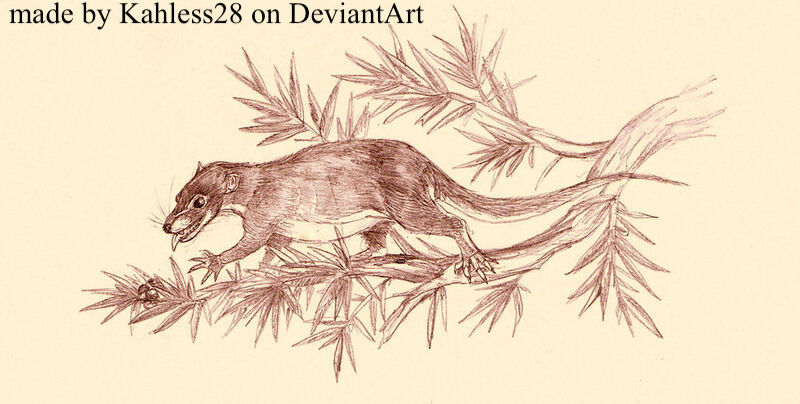Welcome to Acristatherium

Name Definition
Crestless beast
Name Given By
Yaoming Hu, Jin Meng, Chuankui Li, and Yuanqing Wang in 2010
Location
Yixian Formation in Liaoning, China
Classification
Mammalia, Theria, Eutheria
Size
total body size is unknown due to lack of remains, however the specimen’s skull is about 25 mm long
Temporal Range
Late Barremian/Early Aptian of the early Cretaceous, about 125 million years ago
Ecological niche
small mammalian insectivore
Species/Sub Species
A. yanensis
Diet
as evidenced by its dentition, Acristatherium would have hunted small invertebrates such as insects and then process them with its small and sharp teeth
Introduction
Acristatherium is a genus of small basal eutherian mammal that lived in China during the Early Cretaceous.
Acristatherium was described from one specimen that was discovered in Liaoning, China and was named by Yaoming Hu et al. in 2010. The specimen consists of only one partial skull that is around 25 mm long (0.98 inches). Another feature that shows Acristatherium was a relatively basal mammal is the vestigial septomaxilla (the septomaxilla is a small and fragile bone that is usually near the nostrils) found in its skull. This septomaxilla is only otherwise found in the nonmammalian therapsids, meaning it is somewhat closer to the nonmammalian therapsids such as gorgonopsids and cynodonts. Like most Mesozoic mammals, Acristatherium would have been a small mammal and was no match for even the smaller dinosaurs, so it would have hunted smaller invertebrates on the forest floor while it was prey for larger dinosaurs such as the dromaeosaurid Sinornithosaurus.